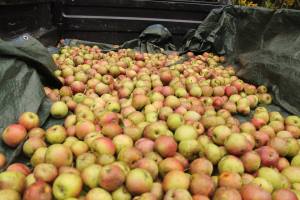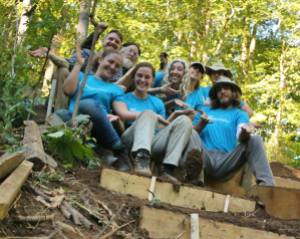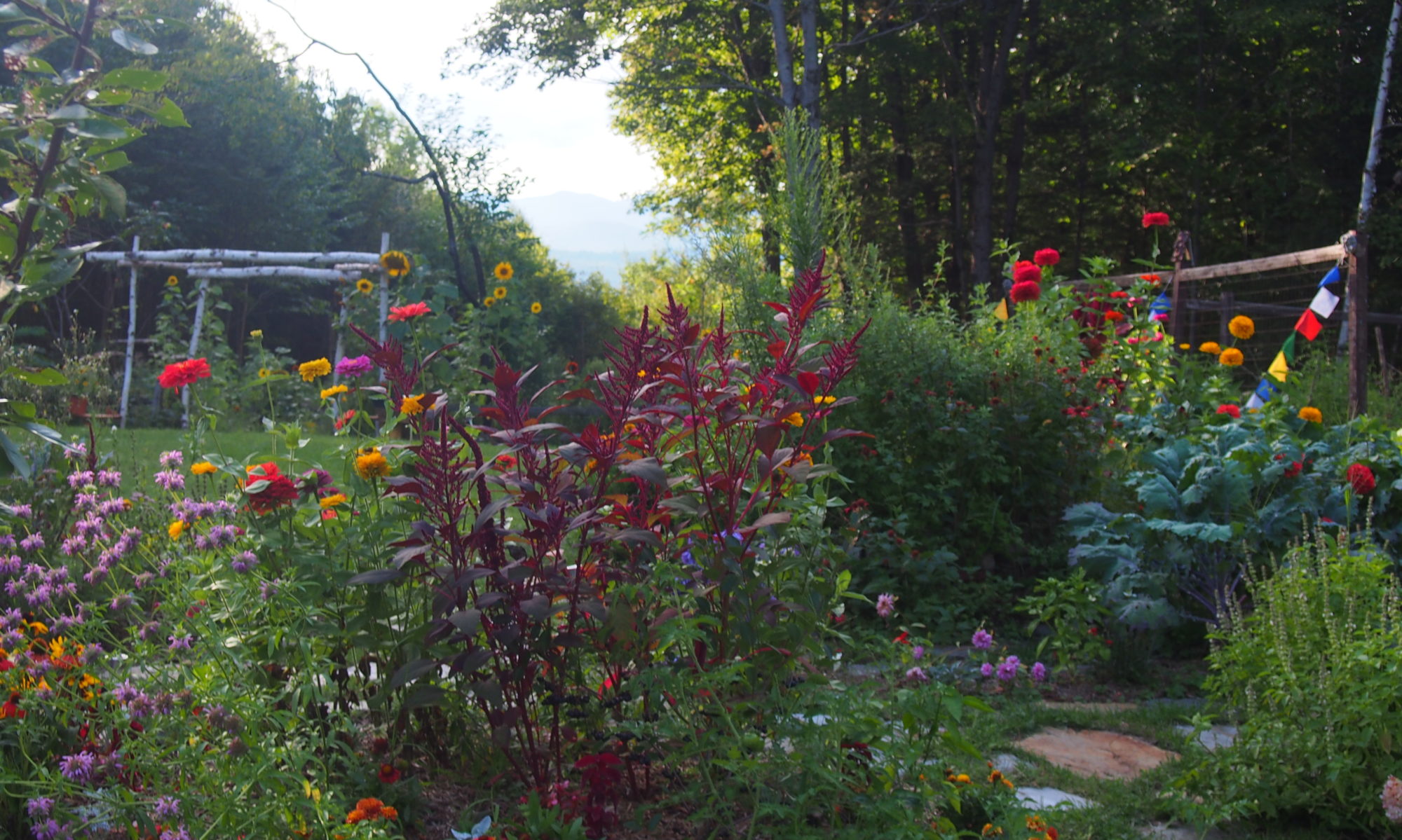“Can I eat it?”
By: Nathan Wells
Words you might expect to hear from a child are often uttered at our worksites or on walks around the homestead here at Smoky Mountain Center (SMC). We are fortunate to have met so many great botanists, permaculturists, and herbal medicine experts during our time here. Our skills at identifying plants and their uses have really blossomed, pun totally intended. I have a goal of one day being able to feed myself (at least short term) solely from food I find or grow myself, and SMC has helped me take several steps in that direction. Half of this year’s program focuses on continuing to develop food access and food security projects in the communities of Western North Carolina, and that commitment is reflected at the homestead.
several steps in that direction. Half of this year’s program focuses on continuing to develop food access and food security projects in the communities of Western North Carolina, and that commitment is reflected at the homestead.
The title on our time logs may be Smoky Mountain Conservation Corp Master – yes, I love that “master” bit – but a big portion of our time at home centers around gardening and learning to cook with the produce we grow. There are several gardens around the property where we grow greens, squash, beans, tomatoes, root vegetables, okra, berries, and herbs. Most community days we spend part of the time in the gardens learning about organic methods of pest and weed control, soil building, and the proper way to raise seedlings and harvest. We’re constantly adding to our compost pile, and one of our most successful community day projects used that and the skills we’ve learned to build our own garden.
We built our own rich soil in just an hour using only compost and mulches freely available around SMC, plus a little hay from a local farmer. It’s a technique called lasagna gardening, and it can be adapted to almost any setting, rural or urban, with rich or poor soil. Since the frost was not far off, we planted kale, spinach, and beets in late September, and are already beginning to harvest some of the greens. You can really feel the difference eating something that w as just picked off the plant minutes before versus trucked for days across country. It just has so much more nutrition and energy in it. Sometimes we get more produce than we can eat in a short time from our gardens, so Heather has taught us how to can and pickle vegetables, and another fun community day project centered around fermentation so it’s all come together really well. We even got to meet Sandor Katz, the famous fermentation revivalist!
as just picked off the plant minutes before versus trucked for days across country. It just has so much more nutrition and energy in it. Sometimes we get more produce than we can eat in a short time from our gardens, so Heather has taught us how to can and pickle vegetables, and another fun community day project centered around fermentation so it’s all come together really well. We even got to meet Sandor Katz, the famous fermentation revivalist!
With just a few square feet of good soil and some staples from the local co-op, we’ve managed to feed 3-5 people this fall, and expand our cooking repertoires a lot! The garden doesn’t even take that much time to maintain. If you don’t have the space, time, or other limiting factors keep you out of the garden, it’s amazing what you can get for  barter from your local farmer, or through gleaning. We will never need to buy butternut squash or bok choy again!
barter from your local farmer, or through gleaning. We will never need to buy butternut squash or bok choy again!
Some of the interns here have been working closely with local schools and Dig In!, a local food access nonprofit, which you will hear more about in later posts, so stay tuned!


